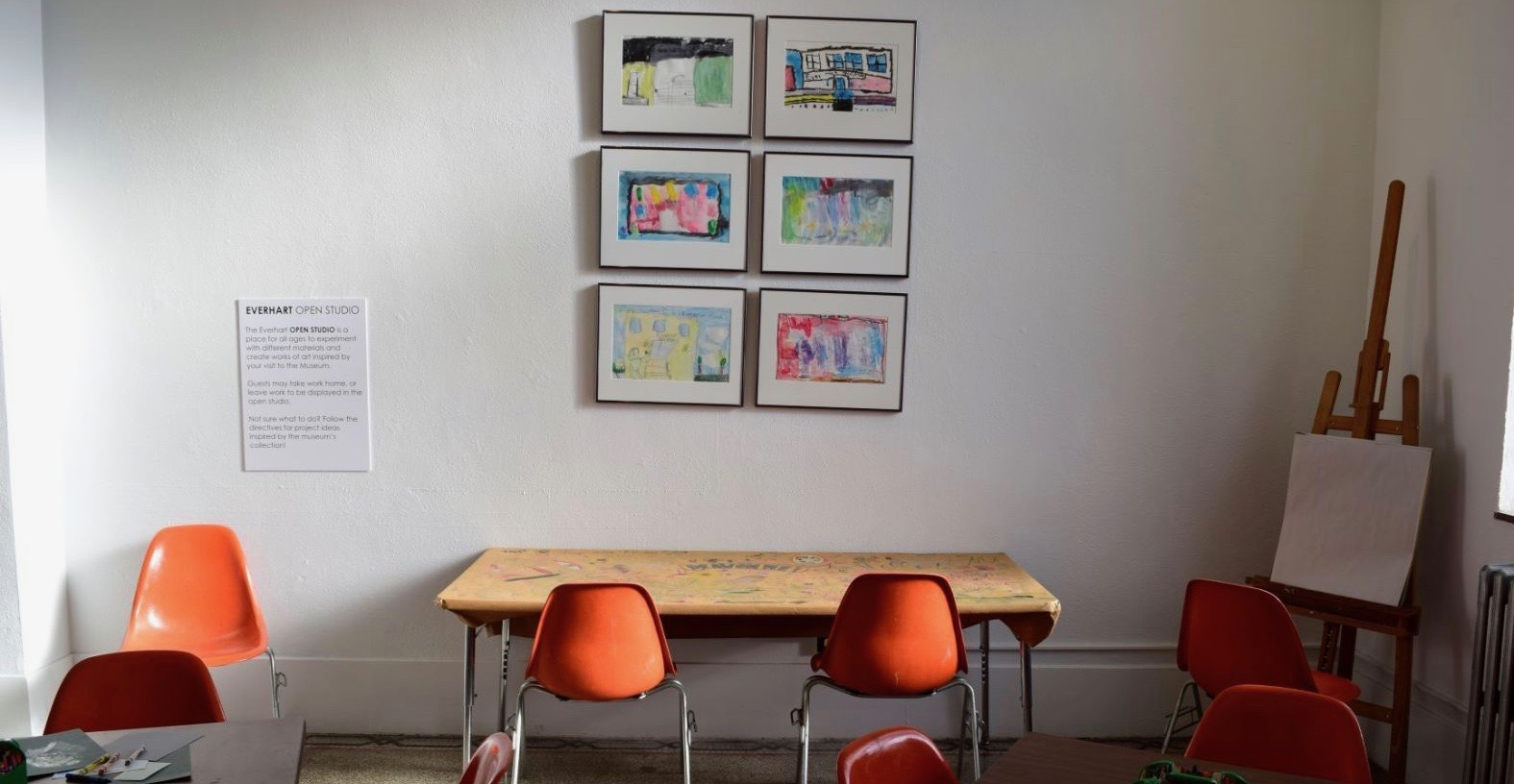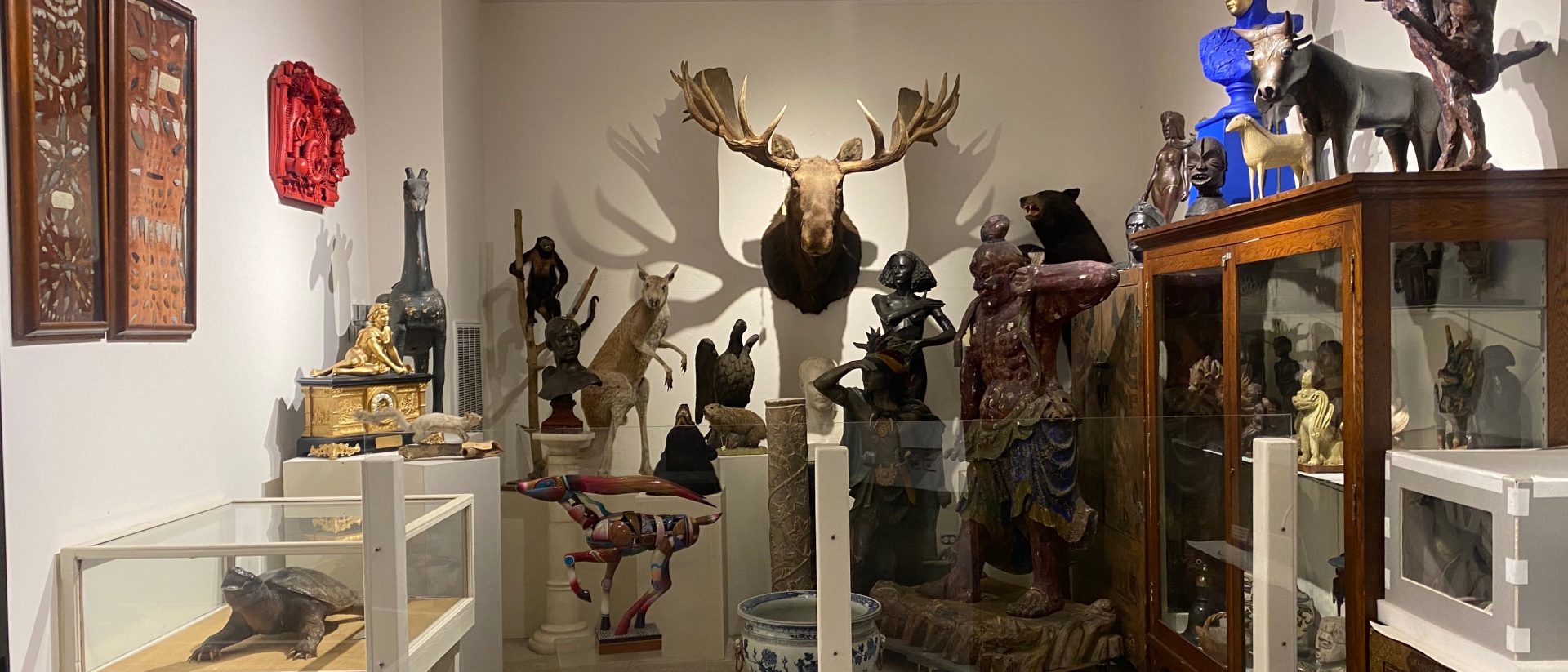Crowdsourcing in the Humanities: How You Can Help from Home
Crowdsourcing…what is it? According to The American Historian, crowdsourcing is the practice of obtaining information or input into a task or project by enlisting the services of a large number of people, either paid or unpaid, typically via the Internet. “When done well, crowdsourcing can result in widespread interest from
Mystery Object: What is it?
So we will admit, this object is a little odd. And to be honest, it stumped a few people at the Museum who were trying to figure out exactly what it was. But after a little research and a lot of digging, we finally have some answers. This mystery object
Object of the Month: May 2020
May’s Object of the month is a taxidermy mount of a young swan with an interesting history. The June 22, 1955 edition of The Scranton Times carried the following photo/caption: Just over a month later, the same paper reported that tragedy had struck: “Baby Swan Dies of Indigestion One of
The Tulip Flower & Folk Art
With spring beginning to show it’s signs all around us, anticipation of the soon to be blooming flowers are certainly present in many of our thoughts. Tulips, a spring bloom, will be flourishing before we know it. The tulips name originated from the Turkish pronunciation of a Persian word meaning
Traditions at Home: Pysanky
Easter 1990. This is me at 7, sitting in front of a coal stove in the basement of my grandparents house in Northeastern Pennsylvania. I learned the traditional folk art of Ukrainian egg decorating, or Pysanky, from my grandmother over 30 years ago. Pysanky, meaning “to write”, is a centuries
So What Exactly is Visible Storage?
Did you know that most museums have less than 5% of their collection on display for the public? The Everhart Museum has approximately 18,000 objects in its collection. Of that, the Museum displays up to 1,000 objects, which means that a little less than 6% of the entire collection can
- 1
- 2





